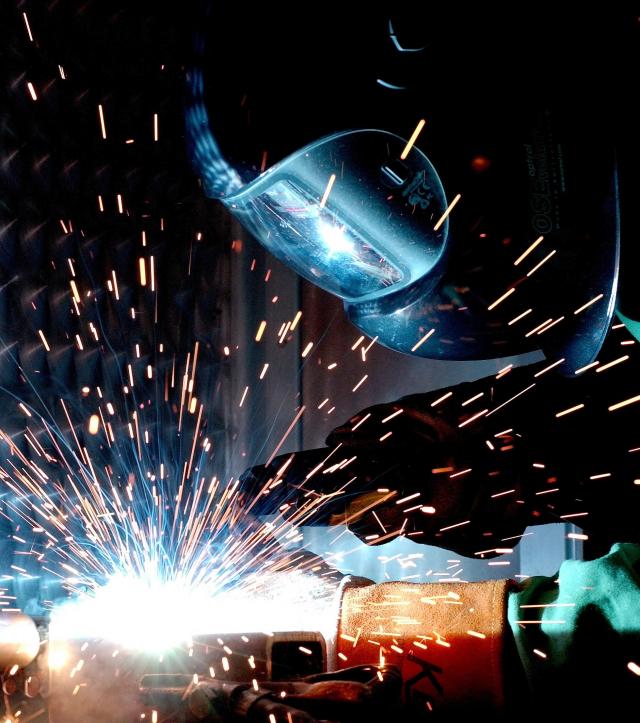All businesses that design and sell products that they don’t manufacture themselves face the question of who to trust to manufacture the products and where to have the products manufactured.
Where to manufacture is generally divided into two options, locally or overseas, however under specific circumstances locally needs to be further divided into nearby or in a different part of the country.
We are going to look at the trade-offs between manufacturing in Australia versus Asia as this is the question most Australian based businesses face.
There are many factors to consider, and we will look at some of the more common ones.
Because the main starting point for this decision is cost, we will begin here:
Cost
It is undeniable that it is generally much cheaper to manufacture products in Asia than in Australia.
There is a raft of reasons for this, particularly low wage costs.
However, less regulation and access to lower cost materials can also play a large part.
Quality
In most things, lower cost is also synonymous with lower quality. That does not mean that products manufactured in lower cost countries are low quality, they just tend to be lower quality than if they were manufactured in Australia. For simpler and standardised products that is often not a problem. However, as products get more complicated, or customised, the differences in quality can really begin to show. As a simple example of this consider the difference between Rolls Royce which handmakes cars in the UK and Kia which manufactures in Asia. A Kia is of acceptable quality, as evidenced by how many of them are sold every day. However, the difference in build quality between a Kia and a Rolls Royce is obvious when you examine both.
Consistency
Consistency is also a consideration when manufacturing in lower cost countries. When you manufacture in Australia, you can expect a higher level of consistency across a range of factors including quality, conformity to design, price and delivery times. If you choose to outsource your manufacturing to a low wage country, the consistency of all these factors can, and does, very greatly.
Speed
There are two main considerations relating to speed when you are deciding where to manufacture.
The first is speed of delivery. The closer the manufacturer is to you geographically; the quicker products will reach you. A manufacturer located in the same city can load products on a truck and have them to you in hours or less. If you manufacture in another country your products will have to travel along an extended logistics channel that may involve several trucks, trains, boats, or planes. It is possible your products will also get held up by customs in one or both countries too. This means manufacturing locally can give you more options, for example using just in time inventory systems.
The second consideration is less well understood and is your ability to undertake rapid prototyping.
When you are bringing a new product to market, you may want to manufacture a small run of units which you sell to the market and seek feedback. Based on this feedback you might want to make changes to the design of the next batch of units. The strategy is to keep repeating this cycle until you have optimised the product to the maximum extent feasible. This is relatively easy to do with a local manufacturer but sometimes impossible with an overseas manufacturer.
Communication
Communication is also much easier with a local manufacturer. You speak the same language and are in the same time zone. You can pick up the phone and easily speak to the manufacturer anytime you need to. You may even be able to drive to the factory if it’s close enough. However, an overseas manufacturer may be in a different time zone and even if you can call them directly, you may need a translator to bridge a language gap. Likewise, staff working for an overseas manufacturer may fail to understand written and verbal instructions in English and may also introduce confusion through incorrect choice of words when reporting back to an Australian business. Have you ever read the instruction manual that comes with a product manufactured overseas and found yourself scratching your head in confusion? Many problems do arise for companies that manufacture overseas due to communication issues.
Protection of Intellectual Property
Within Australia a well-established body of laws exist to protect the intellectual property of businesses. This extends from the design of the product through to the business name, logo and branding. If an Australia manufacturer were to infringe on the rights of an Australian business, these laws are enforceable and provide a degree of protection. While in theory similar legal protection exists in other countries, in practice many businesses who have chosen to manufacture in low-cost countries have had their intellectual property compromised and found the laws in those countries either lacking or impossible to have enforced. This means that if you manufacture in another country, you may be rolling the dice with your business’ intangible assets.
So, as we have seen, manufacturing in a low wage country can reduce your production cost per unit, which can help you increase profits or make you competitive. However, there are many downsides to carefully consider. These downsides can create risks and ultimately increase costs by more than the initial savings.
If you have a question about starting a business or running your existing business, we’d love to hear from you because we’ll select a new question to answer here every two weeks. You can submit your question to james@qsb-consulting.com using the subject ‘CQToday’.






